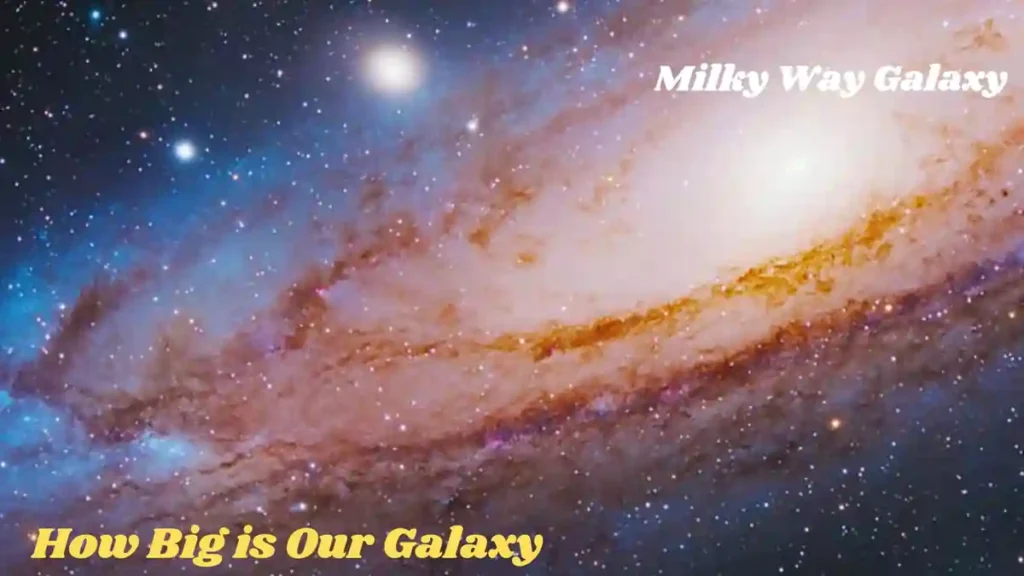In a fraction of a moment, you blink your eyes, and thousands of stars are born, hundreds explode and die, and millions of planets form. Our universe expands by half a million kilometres.
These numbers are only for the universe that can be observed. They do not include what may be going on beyond that. Some scientists think there is an infinite expanse in space. This blog will tell you more.
The average blinking time of an eye is 0.25 seconds. In the blink of an eye, a lot can occur. In the blink of an eye, 300 stars will explode, and 15000000 rogue worlds will form.
You may be wondering what Rogue Planets are. We think of planets as worlds that are orbiting stars like Earth.
Many planets, however, do not orbit stars but instead drift in the space of interstellar. These planets have been dubbed rogues.
In Facts –
- The average duration of a human eye blink is 0.25 seconds
- Across the universe, 15000 stars will be born & 300 Stars will be exploded
- 15000000 rough planets are form
- 30 Black holes will be born
- The universe will expand by 527,250 kilometres
- Our Milky Way galaxy will travel 250 kilometres and grow by 125 meters

What Are Rogue Worlds, And Why Do They Not Orbit A Star Like Other Planets?
It is highly unlikely that rogue worlds could have formed in interstellar spaces. The temperatures are too low for material to form a planet. Also, the absence of a star complicates the process.
Each rogue planet began its existence around a star, along with other planets. Things are chaotic during the formation of a new solar system.
Even though most solar systems contain fewer than ten planets in general, up to a hundred can form when a solar system is formed.
The majority of the planets that are forming will collide and absorb each other, increasing the size of their total and reducing the number of planets. Some planets will, however, be thrown out of their solar systems.
This can happen in a number of ways. A planet can be slingshot out of the solar sphere by its parent star. Other planets may also be able to slingshot the planet outside of the solar system gravitationally.
A planetary collision could send a planet in a trajectory that would propel it outside of the solar system.
Rogue planets have been produced in every solar system. This is just a small part of what can happen in the blink of an eye.
Sun Changes With A Blink Of An Eye
The Sun can burn up to 175,000,000 tons of hydrogen in a blink of an eye. The Sun converts hydrogen into helium through nuclear fusion, burning several hundred million tons of it per second.
The Sun gets its energy from this gas, and if it were to consume less than that, we wouldn’t have the warmth needed to sustain life.
There is no need to worry, as the Sun contains a huge amount of hydrogen. A small fraction of the total mass of 2 x 1033 gram sun is used to produce nuclear reactions.
Calculating the Sun’s age based on how much gas is consumed every second will reveal that it can last for 10 billion years. It’s amazing.
If you’ve ever looked up at the Sun on a sunny day and wondered how much energy it produces, this is enough to power 2,880 trillion bulbs in an hour. In the blink of an eye, the Sun produces 96,100,000,000,000,000,000,000 amounts of energy.

Can you guess how many black holes can form in the blinking of an eye? It is 30. A black hole is an area in space where gravity pulls so hard that light cannot escape.
Gravity is strong because matter has been compressed into a small space. Dies can occur when a dying star. Black holes are invisible because no light can escape.
They are not visible. Black holes can be found using special tools on space telescopes. Special tools can be used to see if stars very near black holes behave differently from other stars.
Changes in Universe
The universe will grow to 527,250 km. The expansion of the universe is the distance that increases between two parts of the universe that are not gravitationally bound over time.
The scale of space changes due to an intrinsic expansion. The universe doesn’t expand “into”, and space does not need to be “outside” of it. The expansion does not involve space or objects moving in the traditional sense.
Instead, it’s the metric that governs the size and shape of spacetime. The spatial component of the spacetime metric for the universe increases in size, and objects are further apart at increasing speeds.
It appears to any observer that the entire universe is expanding and that the galaxies closest to the observer (which are bound together by gravity) are receding at speeds proportional to their distance.
The effects of changes to the metric are not affected by this limit. While objects in space can’t travel faster than the speed of light, the effect on the metric is.
Objects receding beyond the cosmic event will become unobservable as their light will not be able to overcome the expansion of the universe.
Changes in Our Galaxy
In the blink of an eye, our Milky Way Galaxy will grow 125 meters and travel 250 kilometres. Andromeda will be 27 kilometres closer. Let me explain.

The early universe was almost uniformly filled with gas expanding everywhere. It had some “density fluctuations” in certain places: Some places were denser, and some places were less dense.
Gravity was greater where it was denser. Gravity was pulling them together. Gravity was enough to stop the expansion if the density was high.
The bits of matter that were flying apart instead ended up in gravitationally bound structures. The largest gravitationally-bound structures of today are clusters, such as the Local Group to which Andromeda, the Milky Way, and other galaxies belong. Clusters of galaxies don’t expand individually, but they still separate from one another.
The universe grew faster than you could blink an eye or snap a finger. It grew to a size similar to a golf ball. NASA scientists think that’s what happened in the first trillionths of a second after the universe began nearly 14 billion years ago.
Scientists refer to this rapid growth as “inflation.” This fits well with the Big Bang Theory, which states that the universe started as a small, dense ball made up of hot energy and matter that had a sudden reaction.
Since then, the volume has increased. Scientists cannot explain the uniform distribution of matter and energy in the universe without inflation.
It is only recently that technology has made it possible to discover evidence of this phenomenon.
The human eye can blink 464,793,174 times in a lifetime. Please think before you blink. Relax, guys! I was joking. Blinking happens all the time and is not noticed. Which of these points do you like best?
SEE MORE: Know About Stephenson 2-18, The Biggest star in Our Universe










